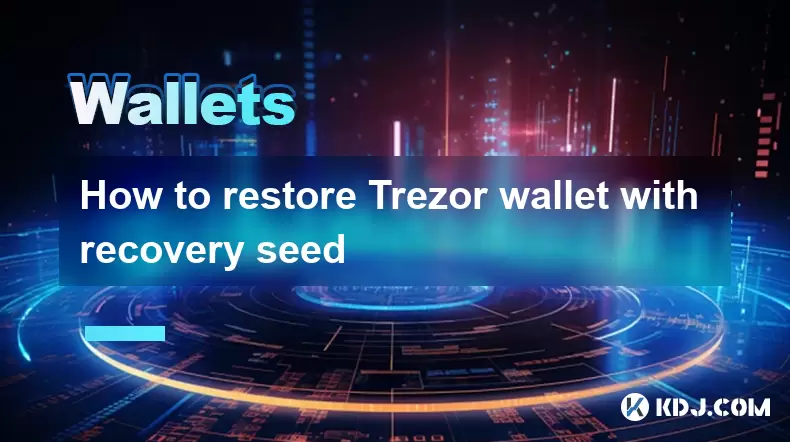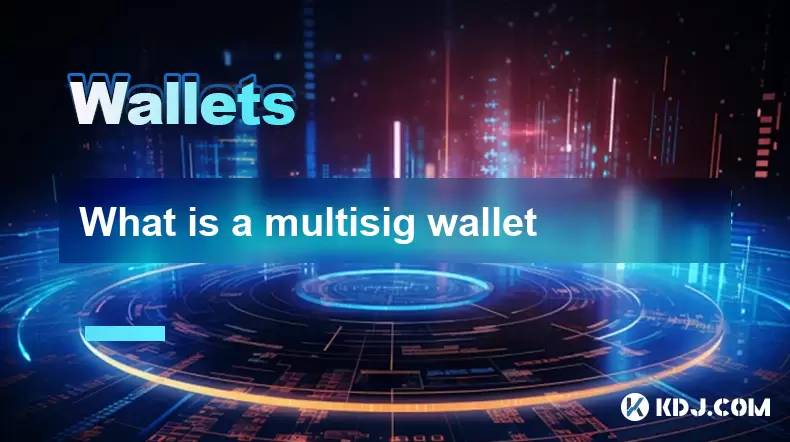-
 Bitcoin
Bitcoin $117,462.8204
-2.03% -
 Ethereum
Ethereum $3,061.1595
1.10% -
 XRP
XRP $2.9139
-2.19% -
 Tether USDt
Tether USDt $1.0002
0.02% -
 BNB
BNB $685.1357
-1.24% -
 Solana
Solana $161.3803
-2.11% -
 USDC
USDC $1.0002
0.04% -
 Dogecoin
Dogecoin $0.1948
-2.92% -
 TRON
TRON $0.2987
-0.89% -
 Cardano
Cardano $0.7330
-1.27% -
 Hyperliquid
Hyperliquid $47.7888
0.13% -
 Stellar
Stellar $0.4514
-2.93% -
 Sui
Sui $4.0169
2.74% -
 Chainlink
Chainlink $15.7088
-2.57% -
 Hedera
Hedera $0.2356
-3.33% -
 Bitcoin Cash
Bitcoin Cash $488.6656
-3.61% -
 Avalanche
Avalanche $21.2955
-1.47% -
 UNUS SED LEO
UNUS SED LEO $9.0415
0.42% -
 Shiba Inu
Shiba Inu $0.0...01332
-0.82% -
 Toncoin
Toncoin $3.0124
-0.62% -
 Litecoin
Litecoin $94.2175
-2.07% -
 Polkadot
Polkadot $4.0011
-0.61% -
 Monero
Monero $333.5714
-3.46% -
 Uniswap
Uniswap $9.1114
-1.56% -
 Dai
Dai $1.0000
0.02% -
 Ethena USDe
Ethena USDe $1.0005
0.00% -
 Bitget Token
Bitget Token $4.4951
1.87% -
 Pepe
Pepe $0.0...01242
0.47% -
 Aave
Aave $321.9943
0.51% -
 Bittensor
Bittensor $434.1984
5.13%
How to restore Trezor wallet with recovery seed
A Trezor wallet securely stores cryptocurrency offline, and its recovery seed is essential for regaining access to funds if the device is lost or damaged.
Jul 12, 2025 at 07:01 pm

What is a Trezor Wallet and Why Recovery Seed Matters
A Trezor wallet is one of the most popular hardware wallets for storing cryptocurrencies securely offline. It provides users with an extra layer of security by keeping private keys away from online threats. However, in cases where the device is lost, damaged, or needs to be reset, the recovery seed becomes crucial. The recovery seed is a series of 12 or 24 words generated during the initial setup of the wallet. This seed acts as a backup that allows users to regain access to their funds on any compatible wallet, including a new Trezor device.
Understanding how to use the recovery seed properly is essential for maintaining control over digital assets. If not handled correctly, users risk losing access to their cryptocurrency permanently. Therefore, knowing the step-by-step process of restoring a Trezor wallet using the recovery seed is vital knowledge for every user.
Preparing for the Recovery Process
Before beginning the recovery process, it’s important to gather all necessary materials. First, locate your Trezor recovery seed, which should have been written down and stored securely during the initial wallet setup. Ensure that you are in a safe and private environment to avoid exposing sensitive information. Additionally, make sure you have a working Trezor device or another compatible hardware wallet if needed.
You will also need a computer or mobile device with internet access to download and install the Trezor Suite software. Avoid using public or shared computers for this process. Always double-check that you're downloading the software directly from the official Trezor website to prevent falling victim to phishing attacks or malicious downloads.
Connecting Your Trezor Device
To begin the restoration process, connect your Trezor wallet to your computer using the provided USB cable. Open a browser and navigate to the official Trezor website, then download and install Trezor Bridge if it isn't already installed. Once installed, launch the Trezor Suite application.
After launching, you’ll see an option to either create a new wallet or restore an existing one. Choose the "Restore wallet from recovery seed" option. At this point, the software will prompt you to confirm that you want to erase the current wallet data if there's an existing wallet on the device. Make sure you understand that restoring from a seed will overwrite any existing wallet information on the Trezor device.
Entering the Recovery Seed
Once you’ve selected the restore option, the next step involves entering your recovery seed. You can do this either via your connected Trezor device or manually through your computer, depending on your preference and the model you're using.
If using the device, follow the on-screen instructions to input each word using the buttons on the Trezor screen. The device will display a list of possible words, and you'll need to scroll and select each correct word in order. If entering manually on your computer, type each word carefully into the designated fields. It’s crucial to enter the words in the exact order they were originally displayed during setup.
Take extra care to ensure that no typos occur and that you're selecting the correct words from the auto-suggestions. Any mistake at this stage could result in an unsuccessful recovery or even loss of funds.
Finalizing the Restoration
After successfully entering the recovery seed, the Trezor Suite will begin the restoration process. During this time, the wallet will synchronize with the blockchain to retrieve your transaction history and balance. This may take a few minutes depending on network conditions and the number of assets involved.
Once completed, your Trezor wallet will now reflect the same balances and addresses as before. You can now send, receive, and manage your cryptocurrencies as usual. It’s recommended to test the restored wallet by sending a small amount of crypto to verify everything is functioning correctly.
Remember, after restoration, always treat your recovery seed with the utmost care. Never store it digitally, and ensure it remains accessible only to you.
Frequently Asked Questions (FAQs)
Q: Can I restore my Trezor wallet on a different brand of hardware wallet?
Yes, you can restore your Trezor wallet using the recovery seed on other compatible wallets such as Ledger or Electrum, as long as they support BIP-39 standard recovery phrases. However, some advanced features specific to Trezor may not be available on third-party devices.
Q: What happens if I enter the wrong recovery seed?
Entering an incorrect recovery seed will result in access to a different wallet altogether. There’s no way to reverse this action once confirmed, so it’s crucial to double-check each word before proceeding.
Q: Is it safe to restore a Trezor wallet on someone else’s computer?
It’s generally not recommended to restore your wallet on unfamiliar or shared computers due to the risk of malware or keyloggers capturing your recovery seed. Always use a trusted device to ensure maximum security.
Q: How often should I back up my recovery seed?
Your recovery seed doesn’t change unless you explicitly create a new wallet or reset your device. Therefore, backing it up once during setup is sufficient unless you decide to generate a new wallet in the future.
Disclaimer:info@kdj.com
The information provided is not trading advice. kdj.com does not assume any responsibility for any investments made based on the information provided in this article. Cryptocurrencies are highly volatile and it is highly recommended that you invest with caution after thorough research!
If you believe that the content used on this website infringes your copyright, please contact us immediately (info@kdj.com) and we will delete it promptly.
- Cantor Fitzgerald, Bitcoin, and SPAC Acquisitions: A New York Perspective
- 2025-07-16 10:30:12
- PoL v2 and BeraChain: Building a Stronger Blockchain Ecosystem
- 2025-07-16 10:30:12
- Bitcoin, Social Media, and FOMO: A New Yorker's Take on the Crypto Craze
- 2025-07-16 10:50:12
- GameStop, Bitcoin, and the Inflation Hedge: A New York Perspective
- 2025-07-16 08:30:12
- Tornado Cash on Trial: Privacy Tool or Money Laundering Machine?
- 2025-07-16 10:50:12
- Solana Memecoins Hit the Big Time: PUMP and Sonic Get Coinbase Listing Boost!
- 2025-07-16 06:50:12
Related knowledge

What is a hardware wallet's secure element
Jul 11,2025 at 10:14pm
What is a Hardware Wallet's Secure Element?A hardware wallet is one of the most secure ways to store cryptocurrencies. Unlike software wallets, which ...

How to track crypto whale wallets
Jul 16,2025 at 10:00am
What Are Crypto Whale Wallets?Crypto whale wallets refer to large cryptocurrency holdings controlled by individuals or entities that have the potentia...

What is the difference between a custodial and non-custodial wallet
Jul 13,2025 at 03:21am
Understanding Wallet Types in CryptocurrencyIn the world of cryptocurrency, digital wallets play a crucial role in managing and securing assets. A wal...

What is a multisig wallet
Jul 16,2025 at 01:42am
Understanding the Concept of a Multisig WalletA multisignature (multisig) wallet is a type of cryptocurrency wallet that requires more than one privat...

How to add a new network to MetaMask
Jul 11,2025 at 11:42pm
Understanding the Need to Add a New NetworkWhen using MetaMask, a popular Ethereum-based cryptocurrency wallet, users often need to interact with diff...

How to add Ethereum L2 networks like Arbitrum to Trezor
Jul 11,2025 at 12:36am
What Is Ethereum L2 and Why Add It to Trezor?Ethereum Layer 2 (L2) networks, such as Arbitrum, are scaling solutions designed to reduce congestion on ...

What is a hardware wallet's secure element
Jul 11,2025 at 10:14pm
What is a Hardware Wallet's Secure Element?A hardware wallet is one of the most secure ways to store cryptocurrencies. Unlike software wallets, which ...

How to track crypto whale wallets
Jul 16,2025 at 10:00am
What Are Crypto Whale Wallets?Crypto whale wallets refer to large cryptocurrency holdings controlled by individuals or entities that have the potentia...

What is the difference between a custodial and non-custodial wallet
Jul 13,2025 at 03:21am
Understanding Wallet Types in CryptocurrencyIn the world of cryptocurrency, digital wallets play a crucial role in managing and securing assets. A wal...

What is a multisig wallet
Jul 16,2025 at 01:42am
Understanding the Concept of a Multisig WalletA multisignature (multisig) wallet is a type of cryptocurrency wallet that requires more than one privat...

How to add a new network to MetaMask
Jul 11,2025 at 11:42pm
Understanding the Need to Add a New NetworkWhen using MetaMask, a popular Ethereum-based cryptocurrency wallet, users often need to interact with diff...

How to add Ethereum L2 networks like Arbitrum to Trezor
Jul 11,2025 at 12:36am
What Is Ethereum L2 and Why Add It to Trezor?Ethereum Layer 2 (L2) networks, such as Arbitrum, are scaling solutions designed to reduce congestion on ...
See all articles

























































































